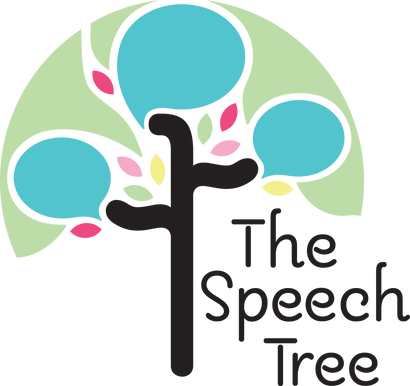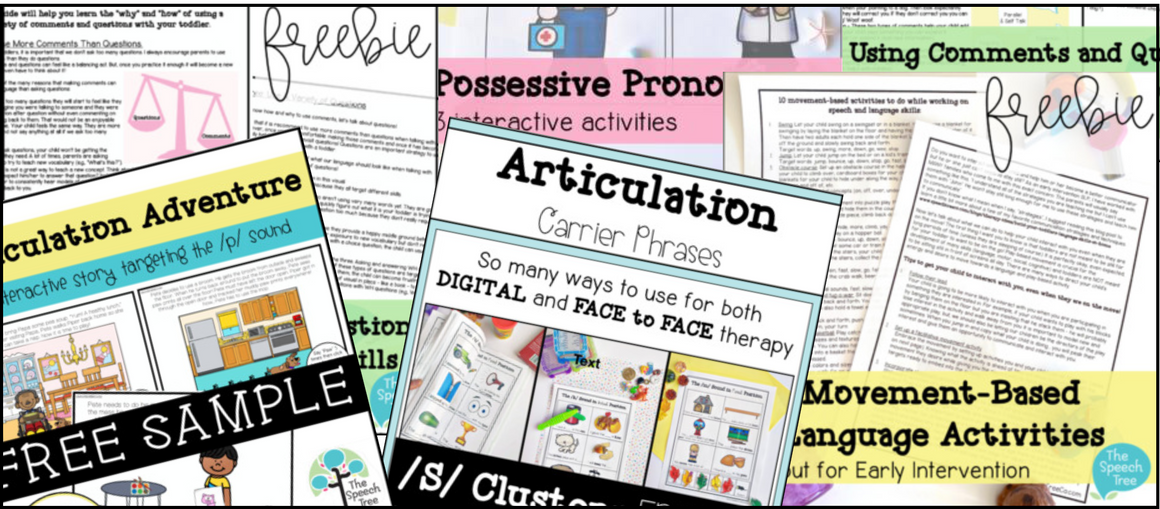Why Use Themes in Speech Therapy?

Evidence Based Themed Therapy
Benefits of themed therapy:
"In this view [the view of vocabulary depth indicating the connected networks of semantic knowledge behind each individual word], word learning is not simply the process by which isolated object–label associations are added to the mental lexicon one by one but also involves the learning of interrelated clusters of concepts, in which the knowledge of one concept supports the learning of another. For example, it is difficult for a child to understand the word shore without also knowing ocean, and learning the word mosquito provides an opportunity to learn the general properties of an insect. These concepts are linked, so the learning of one can help leverage the learning of another, especially if those links are explicitly highlighted for children" (Hadley et al., 2018).
Amazing, right ?!
Here are some other benefits of teaching concepts in themes and taxonomies:
(Hadley et al., 2018)
- Provides a foundation that promotes generalization outside the therapy room.
- Helps children make connections between various concepts. Even those not directly targeted in therapy.
- Improves vocabulary and helps children gain an understanding of semantic relations between words such as causal or spatial relations.
- Having this knowledge of various themes and categories, children can better make inferences and predictions about situations they encounter on a daily basis.
- Specifically, teaching words linked in taxonomic and thematic groups allows for a deeper understanding of functions, categories, and features. “Results suggest that fostering deep vocabulary knowledge involves not only teaching single word entities but also introducing systems of conceptually related words to build semantic networks.” (Hadley, et. al., 2018)
- Provides a meaningful and motivating method of learning new concepts.
Implementation of themed therapy:
- Multiple Senses/Hands-On therapy: Active involvement is one of the most necessary components of providing evidence based thematic instruction (Fisher, 1991). You can incorporate multiple senses by choosing a variety of activities. For example, a therapy session focusing on a farm theme might include reading a book, watching a short video, playing with a farm set, acting out gross motor movements related to a farm, feeling hay in a sensory bin, etc.
- Multiple exposures to targeted concepts: Themes are great for working to increase your students’ vocabulary. When teaching these new vocabulary words and theme-related concepts, it is important to give the child multiple exposures. (See my vocabulary blog post HERE for more details).
- Research states that taxonomic relations should also be highlighted when teaching vocabulary in themes (Neuman et al., 2011). Taxonomically related words are taught in hierarchies and focus on qualities such as functions, categories, and features. Words in taxonomies are related by one of the factors mentioned above (e.g., A parrot is bird that lays eggs). Where as a thematic unit may teach parrots in the context of a jungle theme. It is important to include both taxonomic and thematic relations.
- The theme should be relevant and interesting to the child. For example a theme on taxis would be appropriate for a child who lives in the city, but not necessarily a child who lives on a farm.
-
When possible, align the themes you use in speech therapy with the themes and concepts that are being taught in the classroom.
Pitfalls:
- Do not choose a themed resource solely on the graphics. For example, some resources may use transportation clipart but the content may not be related to transportation. In order to be true themed therapy, the content, graphics, concepts, activities, etc., should all incorporate the theme.
- Be sure to consider what your students are interested in and what they can relate to.
- Incorporate multiple senses as mentioned above. Active involvement is one of the most necessary components of providing evidence based thematic instruction.
-
Teach (don’t test) the new concepts presented in the thematic unit. (See vocabulary blog HERE for more information).
Now that you are reminded of the benefits of themed therapy, will you be trying it out in your sessions?
Themed therapy is fun for the student and makes lesson planning easier for the SLP. Are you an SLP working with the preschool or early elementary ages?
If you are & if you love hands-on no prep therapy, be sure to check out our bimonthly, themed subscription boxes!
Fisher, B. (1991). Joyful Learning: A Whole Language Kindergarten. Portsmouth, N.H.: Heinemann.
Hadley, E. B., Dickinson, D. K., Hirsch-Pasek, K., & Golinkoff, R. M. (2018). Building semantic networks: The impact of a vocabulary intervention on preschoolers’ depth of word knowledge. Reading Research Quarterly.
Kostelnik, Majorie J, et al. Developmentally Appropriate Curriculum: Best Practices in Early Childhood Education. 6th ed., Pearson, 2014.
Neuman, S.B., Newman, E.H., & Dwyer, J. (2011). Educational effects. of a vocabulary intervention on preschoolers’ word knowledge and conceptual development: A cluster-randomized trial. Reading Research Quarterly, 46(3), 249–272. 1598/RRQ.46.3.3
Leave a comment
Comments will be approved before showing up.





